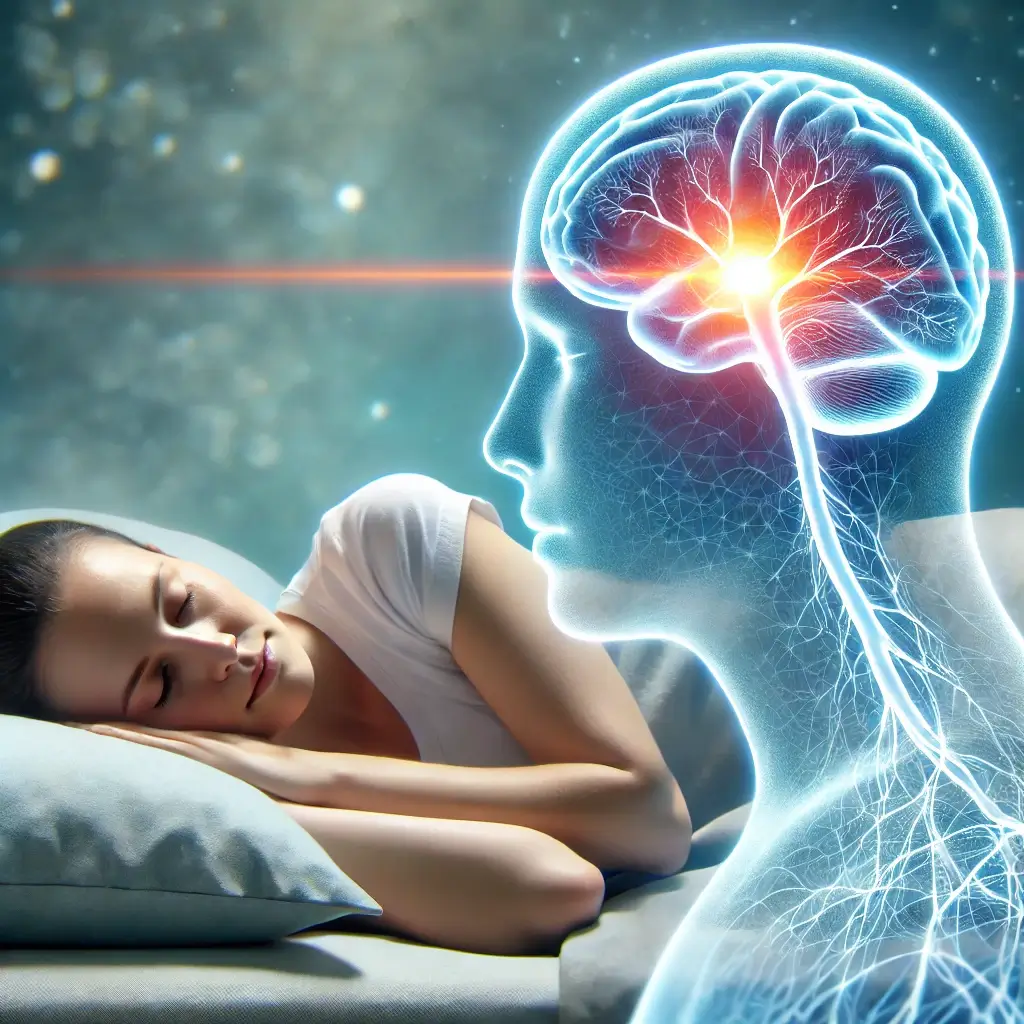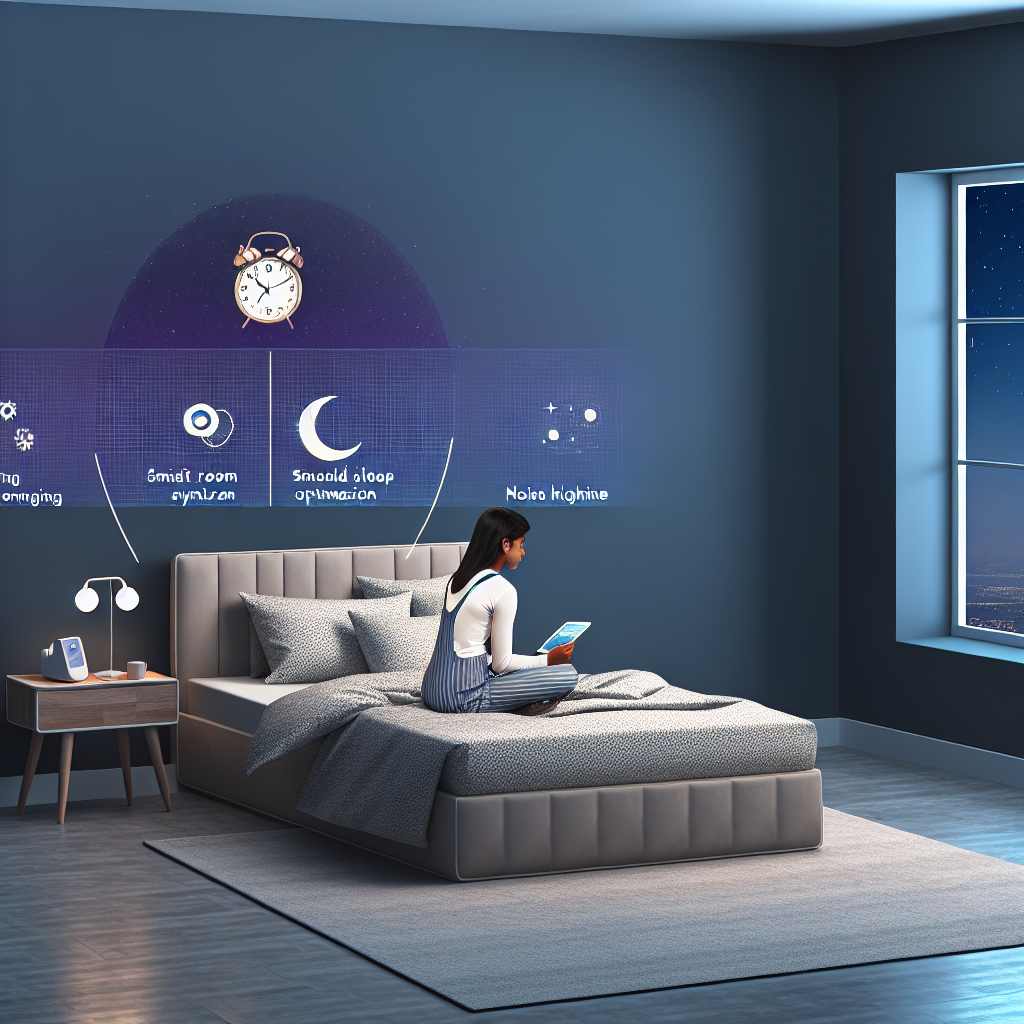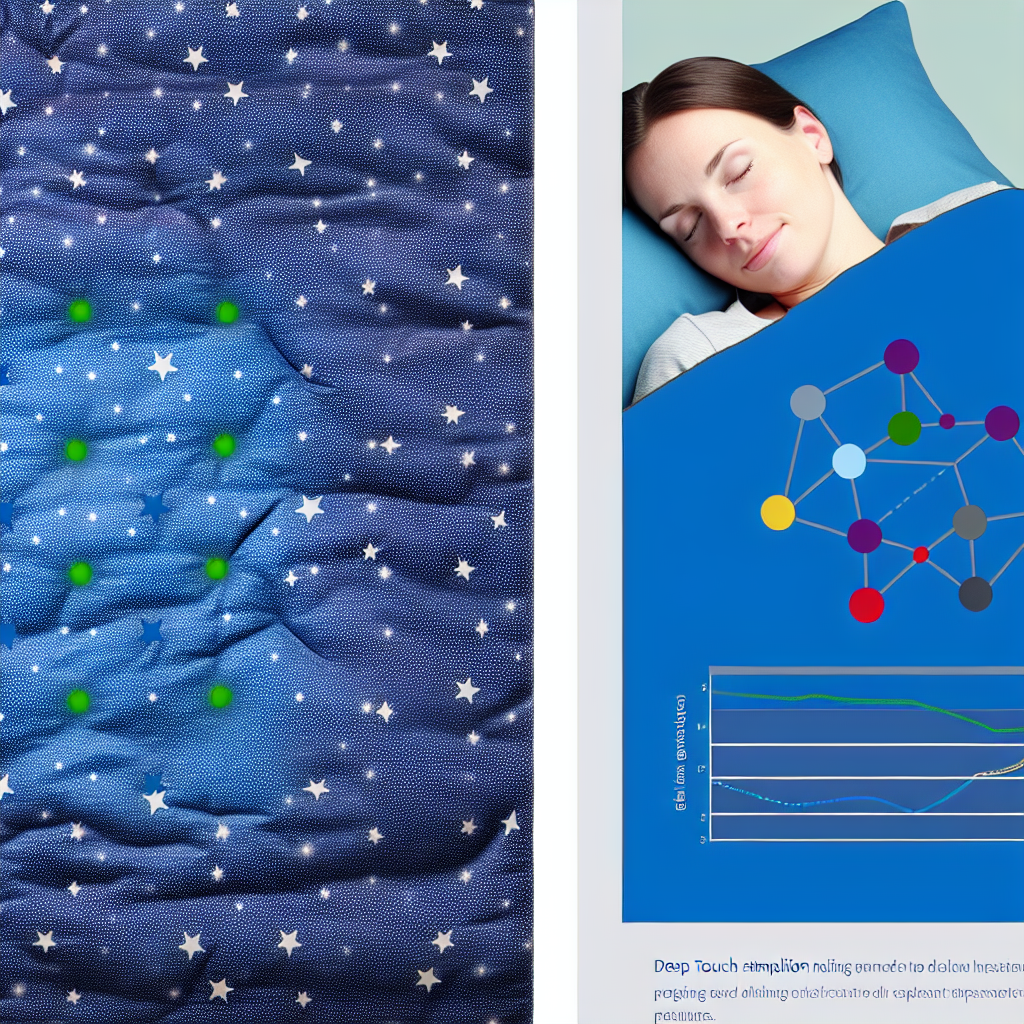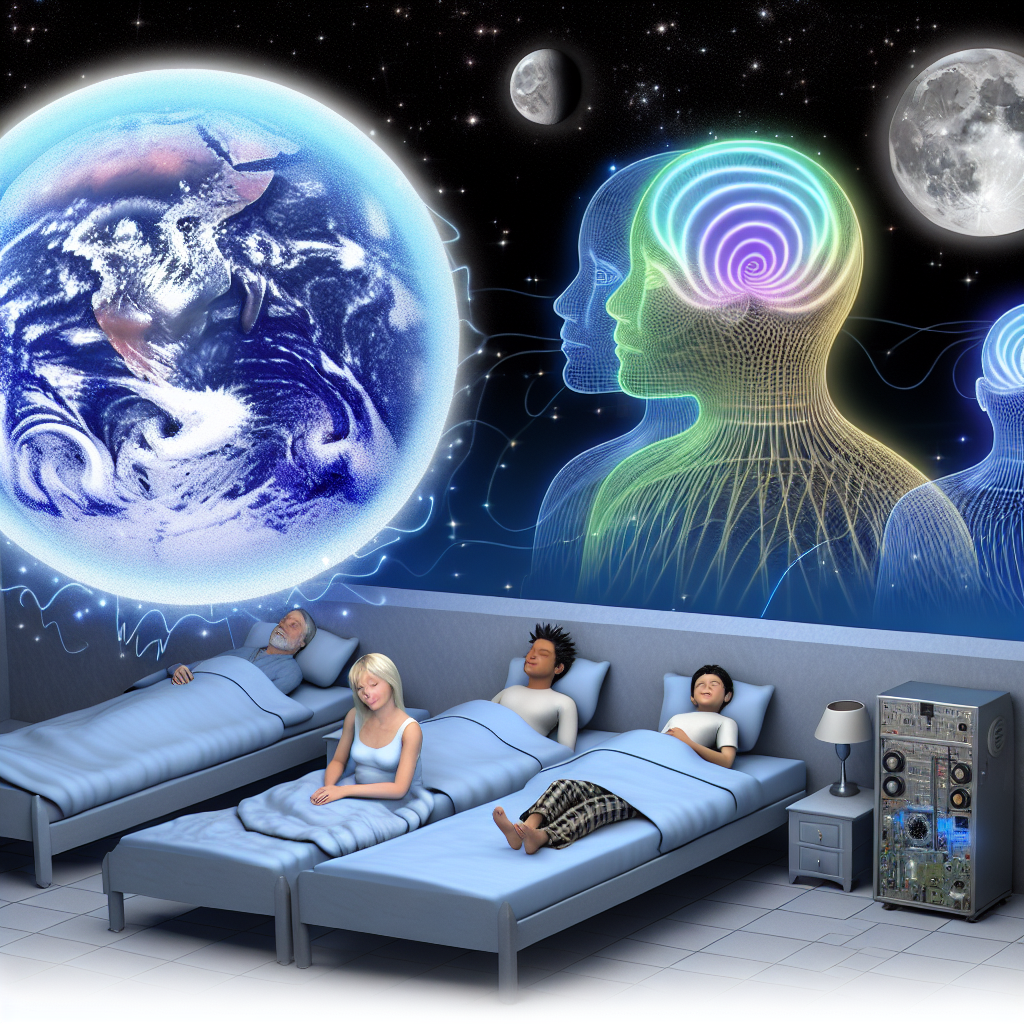The Impact of Sleep Position on Brain Health
For most of us, sleep is a blissful escape into a world of dreams and rejuvenation. But did you know that the way you position your body during those precious hours of slumber might have a deeper impact than just comfort? Recent research suggests a fascinating connection between sleep position and brain health, particularly the efficiency of waste removal and neurodegenerative diseases risk.
Understanding the Brain’s Waste Removal System
Imagine your brain as a bustling city. Throughout the day, metabolic processes generate byproducts that need to be cleared away to maintain optimal function. During sleep, a fascinating system called the glymphatic system waste clearance takes center stage. This network of channels utilizes cerebrospinal fluid (CSF) to flush out waste products, including beta-amyloid plaques associated with Alzheimer’s disease.
Latest Research on Sleep Positions
The question then arises: could the way we position our bodies at night influence the glymphatic system’s efficiency? Let’s delve into some cutting-edge studies that are shedding light on this intriguing possibility.
Side Sleeping Benefits for Brain Health
A study published in 2017 by researchers at Stony Brook University investigated the impact of sleep position on the glymphatic system. Utilizing magnetic resonance imaging (MRI) on rats, they observed a significant difference in CSF flow depending on body posture. Side sleeping for improved waste clearance, compared to the back or stomach, facilitated a more efficient clearance of waste products from the brain. This suggests that side sleeping might be the optimal position for maximizing the glymphatic system’s effectiveness.
Supine Sleep Position and Neurodegeneration Risk
Further research published in 2019 by the same team at Stony Brook University explored the potential link between sleep position and neurodegenerative diseases in humans. They analyzed data from a group of individuals with mild cognitive impairment and progressive supranuclear palsy. The study found an association between sleeping on the back for extended periods (more than two hours) and a higher risk of neurodegenerative diseases. While the study doesn’t definitively establish causation, it raises intriguing questions about the potential role of sleep posture in brain health.
Head Position Impact on Brain Function
A 2017 review published in the National Institutes of Health’s PMC database explored the potential influence of head position during sleep on the glymphatic system. The review highlighted studies suggesting that gravity’s role in CSF flow and waste clearance. Research on rats indicates that side sleeping may be more efficient in this regard compared to supine or prone positions.
Practical Implications for Sleep Habits
These studies offer a glimpse into a fascinating area of sleep research. While more research is needed to fully understand the cause-and-effect relationship between sleep position and brain health, the findings are certainly intriguing.
Key Research Takeaways
Here are some key takeaways for now: Side sleeping appears to be the most promising position for optimizing glymphatic function, potentially promoting brain health. Sleeping on your back for extended periods might be associated with a higher risk of neurodegenerative diseases, although further research is necessary. Your comfort is still important! If sleeping on your side feels unnatural or uncomfortable, don’t force it. The benefits of a good night’s sleep, regardless of position, outweigh potential risks.
Future Research Directions
The connection between sleep position and brain health is a fascinating new frontier in sleep research. While the jury is still out on definitive conclusions, these studies offer compelling evidence for the potential influence of posture on brain’s waste clearance system. Future research may provide more specific recommendations, but for now, simply being aware of this link might empower you to make informed choices about your sleep habits. Prioritize getting a good night’s sleep, and if you’re curious about optimizing your brain health, consider trying side sleeping. As always, consult your healthcare professional if you have any concerns about your sleep patterns or suspect you might be at risk for neurodegenerative diseases.
Research References
Nedergaard, Maiken. “Guidance for investigating the sleep-brain waste clearance pathway.” Nature neuroscience 20.8 (2017): 1088-1092.
Levendowski, Veronica H., et al. “Association of sleep position with amyloid β deposition in the brain.” JAMA neurology 76.4 (2019): 402-404.
Xie, Lulu, et al. “Head position during sleep and the glymphatic pathway.” Journal of Neuroscience 37.45 (2017): 10888-108





